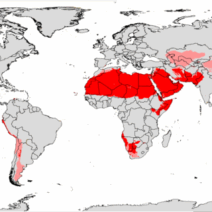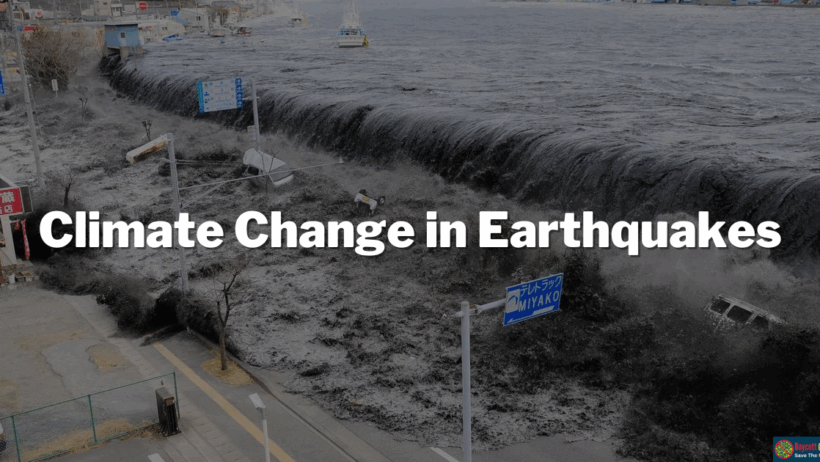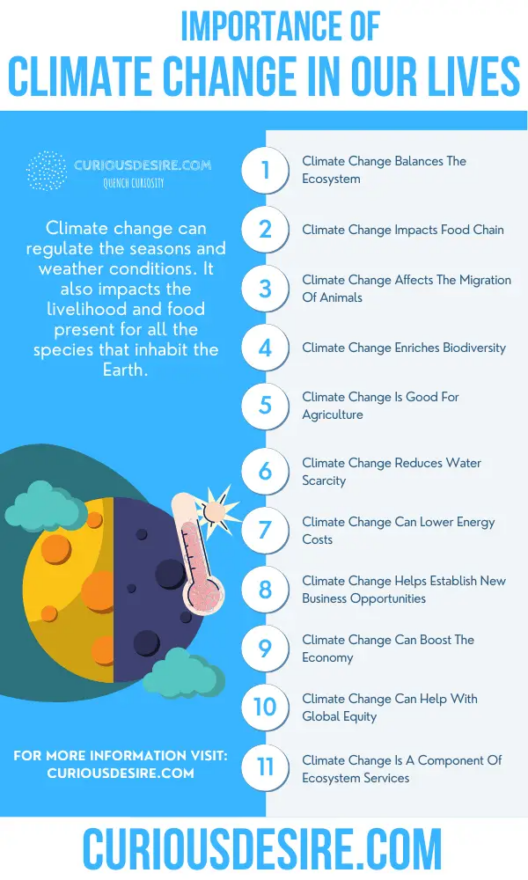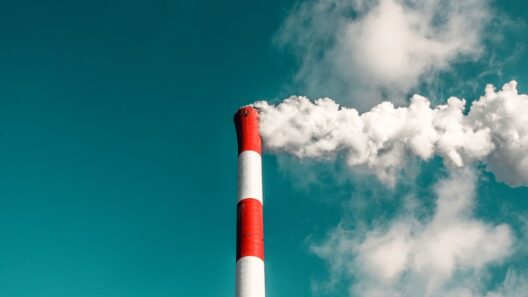The relationship between earthquakes and climate change invites a complex interplay between geological phenomena and anthropogenic influences. While it may seem improbable to connect seismic activities, which occur deep within the Earth, with climatic shifts at the surface, the intricate web of environmental factors reveals a startling correlation that merits closer examination.
To facilitate understanding, it is crucial to delineate the mechanisms that govern both phenomena. Earthquakes are primarily caused by the movement of tectonic plates, which create stress along fault lines. When the accumulated energy exceeds the threshold of resistance, the plates shift, releasing seismic waves. This natural phenomenon has been extensively studied and documented over centuries. However, climate change, marked by the global increase in temperatures, shifting precipitation patterns, and melting glaciers, introduces additional variables that could potentially influence these seismic events.
One of the significant ways climate change may interact with tectonic activity is through the alteration of mass distribution on Earth’s crust. The phenomenon known as isostatic rebound describes how land masses can rise or sink as glaciers melt, redistributing weight across the lithosphere. This process has been particularly evident in regions that were previously burdened by vast ice sheets, such as Scandinavia and parts of North America. As the weight of ice diminishes, the underlying rocks can rebound, potentially triggering earthquakes in the process. Thus, the melting of glaciers induced by global warming can feasibly instigate seismic activity.
Moreover, hydrological changes, arising from climate change, can exert considerable influence over geological formations. For instance, increased rainfall and the resultant flooding can lead to destabilization of the soil. This destabilization may not only contribute to landslides but might also alter stress distribution along fault lines. In regions where the lithology is already precarious, such as in regions with loose sedimentary rock layers, these water-induced changes can precipitate seismic events. The cyclical pattern of extreme weather—drought followed by intense rainfall—further exacerbates this risk, implementing a feedback loop that could heighten seismic threats.
The connection extends beyond terrestrial influences. Rising sea levels, another consequence of climate change, can impact geological stability even in coastal areas. As ocean waters encroach upon land, the additional weight and pressure from the accumulating water can result in subsidence. Particularly in deltaic regions, where sediments are already tenuous, this newfound pressure may activate fault lines, resulting in earthquakes. This nuanced relationship illustrates that while tectonic activity remains primarily geological, climate-induced stresses could play a catalyzing role.
Furthermore, human activity, a significant factor in the climate change equation, complicates this relationship yet further. Practices such as hydraulic fracturing and geothermal energy extraction can provoke seismic activity, a phenomenon often termed “induced seismicity.” The injection of water or other fluids into the ground alters pore pressure in subsurface rocks, which can lead to fault slips. As climate change intensifies the push for renewable energy sources, there is an undeniable intersection between these methods and the potential for increased seismic events. The burgeoning need for sustainable and efficient energy resources necessitates careful consideration of the ensuing geological ramifications.
Compounding these challenges is the essentiality of accurate monitoring and predictive models within seismology. Longitudinal studies capturing the historical nexus between seismicity and climatic variables remain sparse. Predictive models that integrate climate models with geological parameters are still in nascent stages, hindering our capacity to understand the full scope of this interdisciplinary interaction. As climate change continues to escalate, the urgency amplifies to develop robust methodologies that can gauge the potential seismic risks associated with climatic fluctuations.
Despite the emerging acknowledgment of this relationship, public discourse often overlooks these connections. Earthquakes are frequently perceived as isolated geological events, removed from the context of broader environmental changes. This disconnect fosters a myopic view that fails to appreciate the systemic vulnerabilities of our planet. Heightened awareness and education surrounding how climate change may underlie or exacerbate seismic risks is imperative for fostering a more resilient global community.
In conclusion, the dialogue linking earthquakes and climate change unveils multifaceted dynamics worthy of exploration. As we confront unprecedented shifts in our planet’s climate, understanding these interrelationships not only enhances our geological comprehension but also primes us to tackle future disruptions proactively. Research must pivot towards transdisciplinary approaches that encapsulate the interconnections between these critical spheres. By doing so, we pave the way for sophisticated strategies that can safeguard communities from the potential reverberations of both climate change and seismic activities.
Ultimately, the time has come to intertwine the narratives of environmental advocacy with geological awareness. Through collaborative research, public engagement, and policy implementation that addresses both climate change and its geological repercussions, society can craft a more sustainable future. It is imperative to acknowledge that the impacts of our climate policies extend beyond mere atmospheric considerations; they reverberate deep beneath our feet, shaping the very fabric of the Earth’s tectonics.








